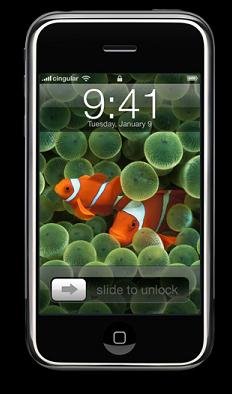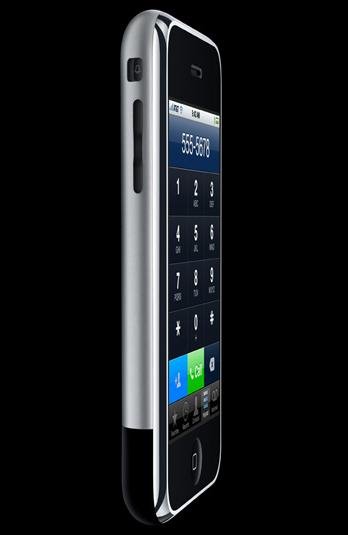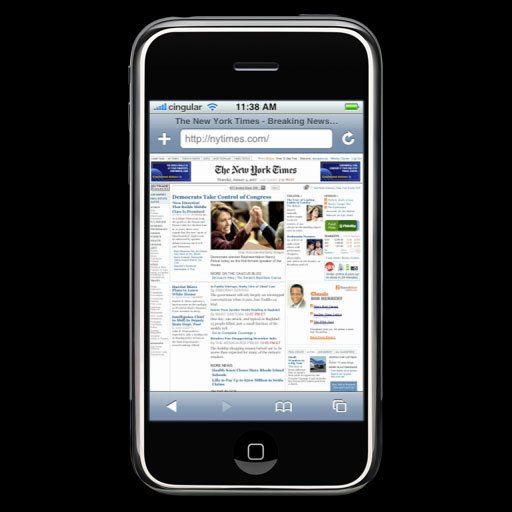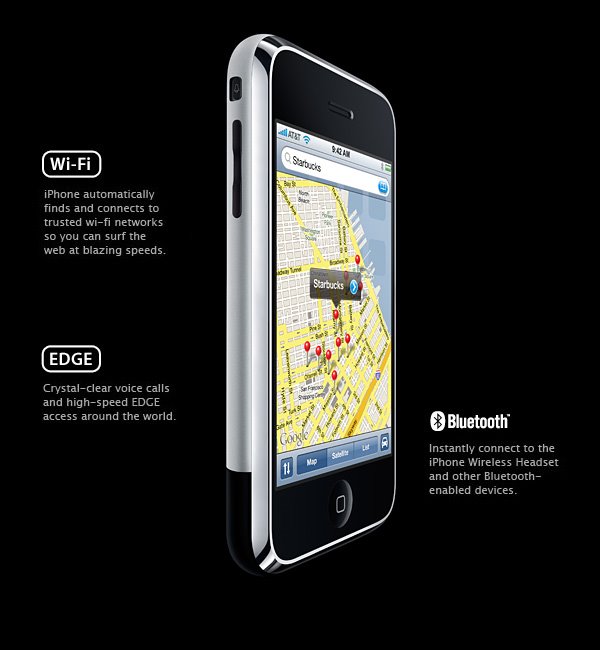Why the iPhone will succeed, at any price
Source
Apple iPhone Vs. Motorola Vs Canon
The press loves to talk about Apple. The cynics chalk it up to Steve Jobs's public relations savvy, while some journalists might counter that Apple products are unique, influential and iconic. With the iPod, Apple swept through and dominated the portable music player market. Now it's threatening to do the same with cell phones.Mobile-phone makers are probably grumbling to themselves, "We have some great multifunctional products out there, too — and they’re easier to use than ever! Why doesn't anyone pay attention to us?" Well, the easiest way to get the media's attention (and the consumer's) is to stop diluting your best models with 20-plus other mediocre models. In order to compete against Apple, electronics companies should start be throwing many of their existing products out the window. Click below for the full plan.
Choice Is BadApple is going to sell one phone. Well, technically, it's going to sell two phones: one with 8 gigabytes of memory, and one with 4. What does Motorola have to be afraid of? After all, it sells eight different kinds of RAZRs, along with about 31 other phones (from the KRZR, SLVR, PEBL and ROKR to the mysteriously named m900, L2, i836 and W315). That's enough to give Moto significant shelf space in any store and provide options for just about any cell-phone user out there. But that's exactly why the company is probably shaking in its boots.Why would a user want to choose between 39 Motorola phones when he knows he can, for a premium, pick up the iPhone and be assured of getting a well-designed, attractive, and high-quality product (assuming, of course, that the iPhone turns out to be all of those things)? Cell-phone manufacturers need to start making fewer phones, not more, if they want to compete with the new kid on the block.
Imagine what would happen if Motorola decided that its next phone — let's call it the LAZR — were to be its only phone. The basic LAZR would be a quality affair priced at $250, but for $450 you could get a tricked-out version that had all of the texting, e-mailing, Web-browsing, and music-playing features that a user could want. And for the grandparents, there would be a LAZRlite: a stripped-down, very simple $79 version of the product that could only make phone calls and accept voicemail.
Does this pricing model sound familiar? These three versions of the phones would be it. Motorola would cut everything else out of its line and put together some great advertising campaigns. Provided that the phone was better than the RAZR, the popular question would change from, "Are you getting an iPhone or some other model?" to, "Which kind of customer are you — Apple or Motorola?"
Off the ShelfEvery company, from Pringles to Sony, worries about shelf space. Kellogg's knows that only so many people are going to buy Froot Loops with Marshmallows, but it also knows that every box the supermarket stocks is one more Post cereal that can't fit. While this sort of theorizing may be important in the grocery store, it's outdated for online retailers like Amazon. And more and more consumers are finding that the best place to buy electronics is online. And when I'm searching for something new, I sort by "avg. customer review," not by brand. Or I'll read a review, and Google the best-looking product: press coverage and word of mouth goes a long way when you're talking about online sales, while variety isn't as easy to notice.Phones Are Just the BeginningApple provides a welcome respite from choosing among products with miniscule differences. Yes, you can customize, but if you buy one of the company's three standard desktops, you'll get a great computer for the price. More and more, consumers are responding to this pitch. They're even willing to pay a premium for simplicity: not just fewer buttons, but fewer products.Canon has two lines of digital cameras: EOS SLRS and PowerShot digital cameras. I'm actually in the market for a digital camera, and Canon has a good reputation as brands go. But the PowerShot line has 23 cameras! Two of the highest-end models couldn't be more different: One is a 6-megapixel camera with a 12x zoom (the S3 IS), while the other is a 10-MP model with a 6x zoom (the G7). Other choices in the line are nearly indistinguishable: compare the SD750. The average consumer would have to do a lot of research in order to know he'd bought the right camera. It's no wonder that after only four months on the market, some of the company's newer cameras are already being sold at a 40% discount.
Creating the IconBut Canon could really break away from the Panasonic, Olympus, Sony and Kodak pack if it sold fewer cameras, if it came forward and said, "There are a lot of cameras in this price range, but this is the best and best-looking one." Other companies would be left scrambling. On the other hand, if Apple, or some other, new company does that instead, Canon will be left bumbling about how great its cameras are, but with such a poorly curated line, consumers will gravitate towards the brand that makes the purchase easier.What about a single laptop that's good for every personality, a specific camera that will suit every possible individual need? What Apple's done is to ask: Just how different are consumers' needs? There will always be companies out there making niche products, but those are not the companies that capture the popular imagination. And what about the concern that consumers don't want to be sitting on the subway next to someone with the same gadget? Well, the iPod blew that notion away. The cool kids have decreed individuality overrated. Manufacturers should stop being such squares.





No comments:
Post a Comment